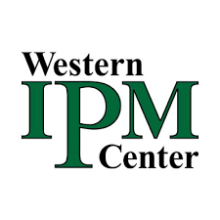Climate Matching Map
| Attachment | Size |
|---|---|
| ClimateMatch_CA_Pancratium_maritimum.pdf (1.11 MB) | 1.11 MB |
Evaluation Date:
| Attachment | Size |
|---|---|
| ClimateMatch_CA_Pancratium_maritimum.pdf (1.11 MB) | 1.11 MB |
The PRE Score is calculated by adding the point totals for each (answered) question.
< 13 : Low Potential Risk
13 - 15 : Moderate Potential Risk
> 15 : High Potential Risk
It is important to answer at least 16 questions to consider a PRE Score as "valid".
≥ 16 : Valid (80% or more questions answered)
≤ 15 : Invalid (not enough questions answered)
Below is a recommend citation when referencing this evaluation in other works:
Burger, Jutta. "Pancratium maritimum -- California" Plant Risk Evaluator (PRE) published https://pretool.org/evaluations/1802
PRE Evaluations take a long time to research, so please credit this site and evaluation appropriately.

|
Ron Vanderhoff | reviewed on |

|
Tom Reyes | reviewed on |

|
Elizabeth Brusati | reviewed on |

|
Nicole Valentine | reviewed on |

|
Alex Simmons | reviewed on |

|
reviewed on |

|
2022 Western IPM Grant Project"Expanding Continuity and Capacity in Invasive Plant Risk Assessments across Western States" is a continuation of the successful 2021 project titled "Building Continuity Across State Invasvie Plant Lists: Evaluating Invasive Risk of Horticultural Plants." Both 2021 and 2022's projects are funded by the Western Integrated Pest Management Center. Project partners for this year inclue the California Invasive Plant Council, PlantRight, The University of Arizona, Western Invasive Species Network, Pacific Northwest Invasive Species Council, the Yurok Tribe, and Nevada State Parks. |
Copyright © 2025 PRETool.org - All rights reserved